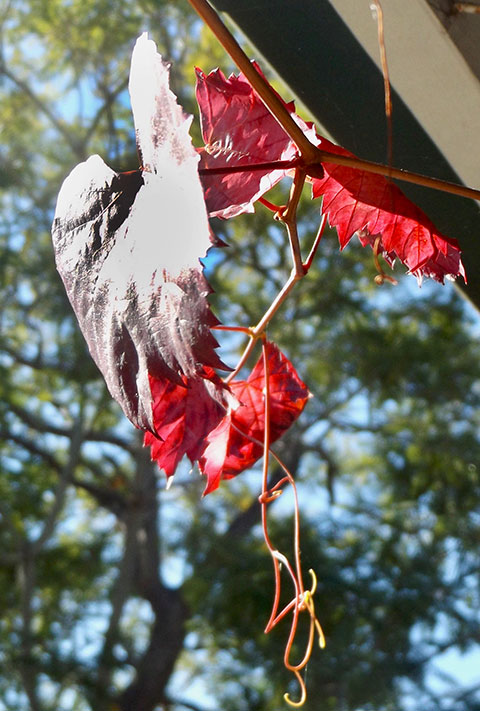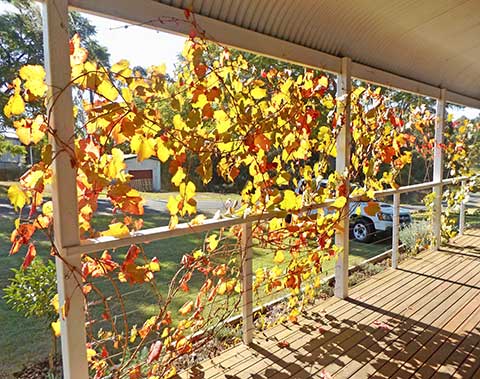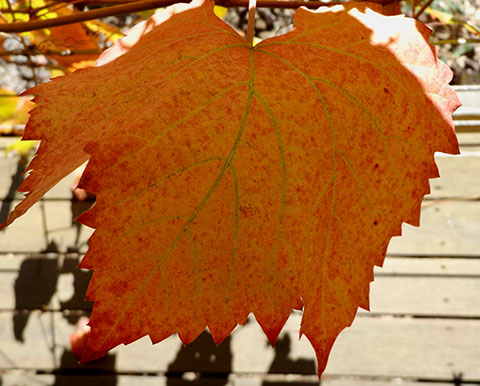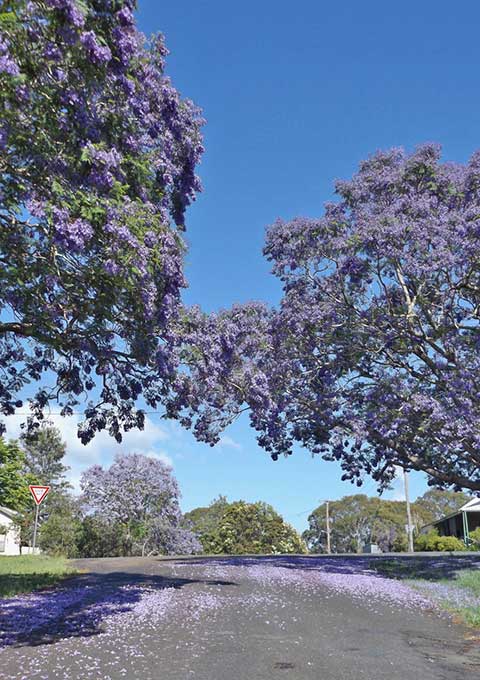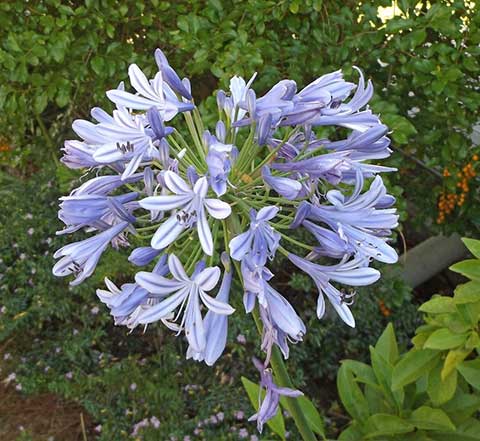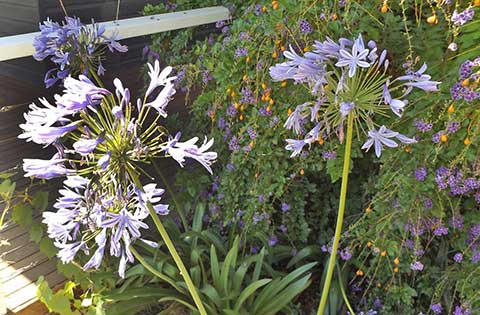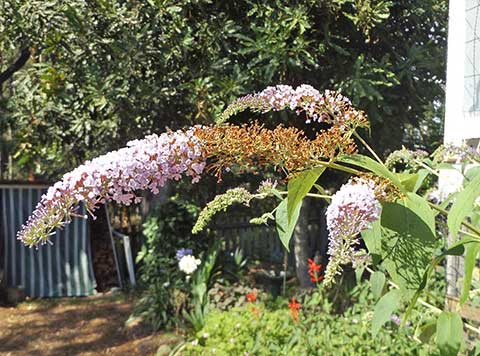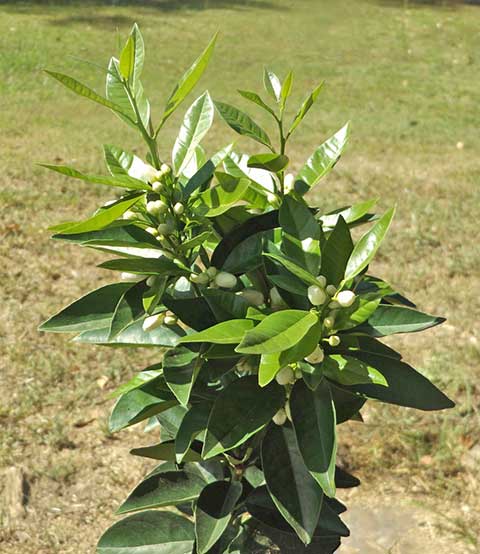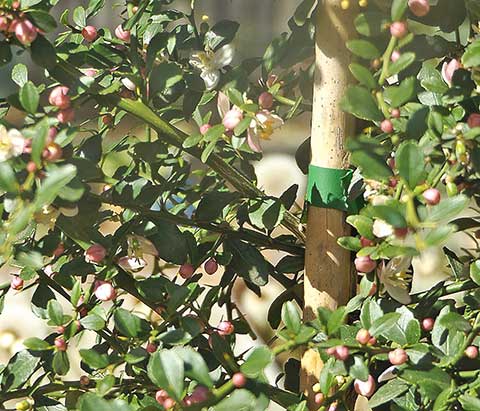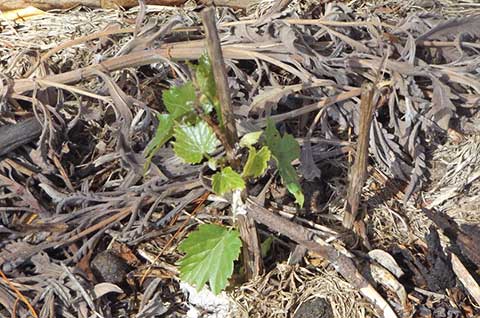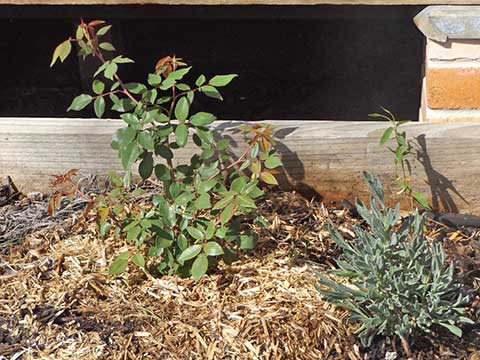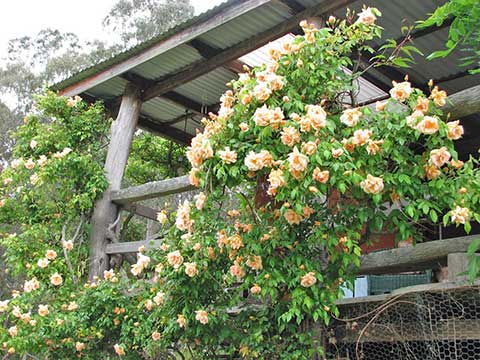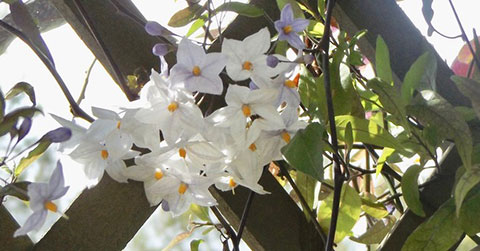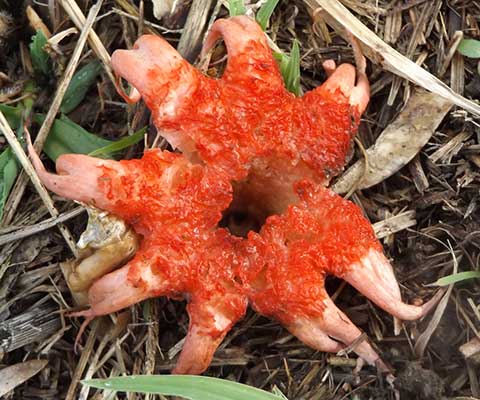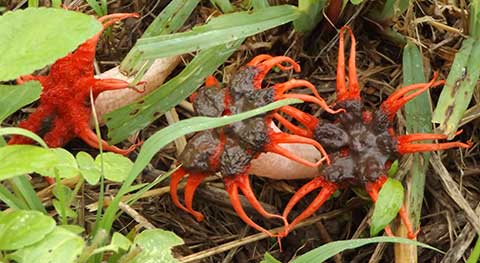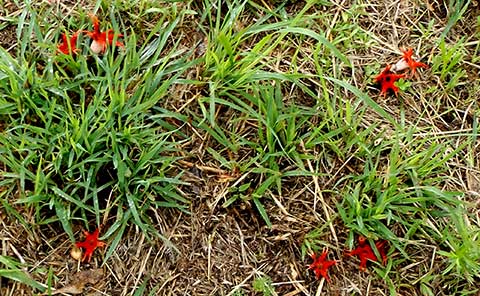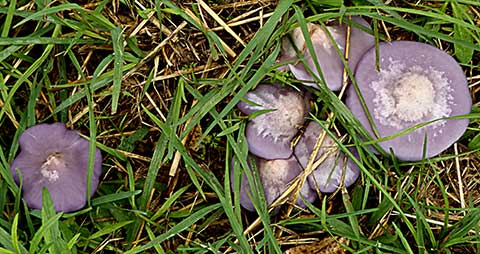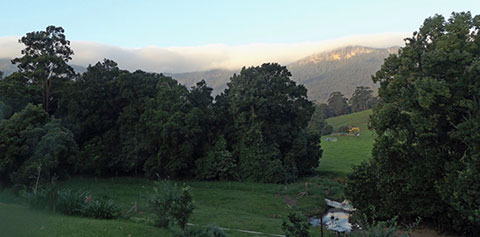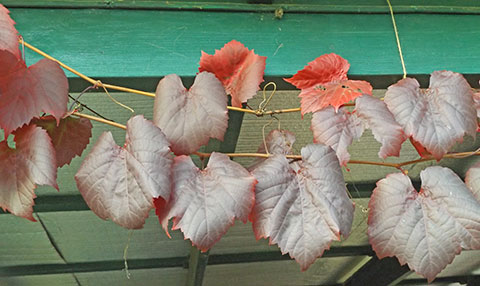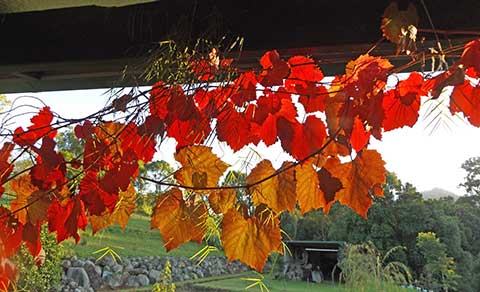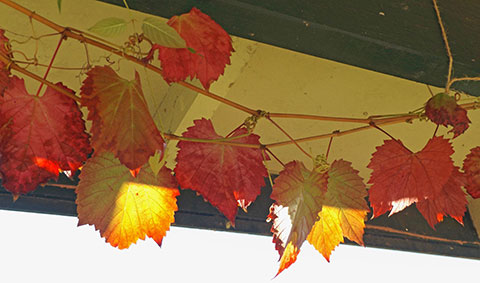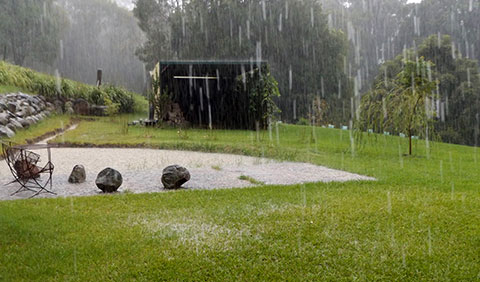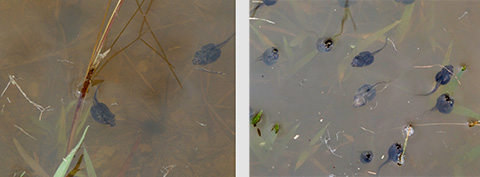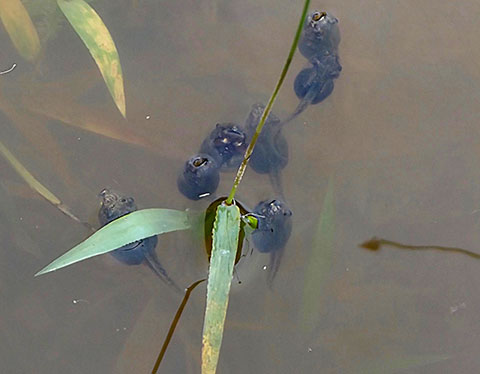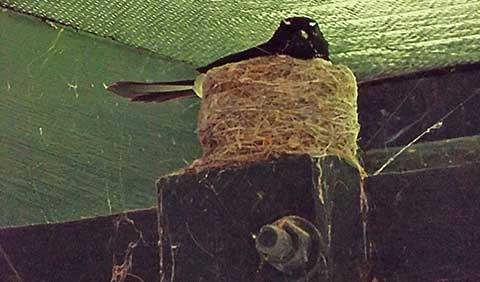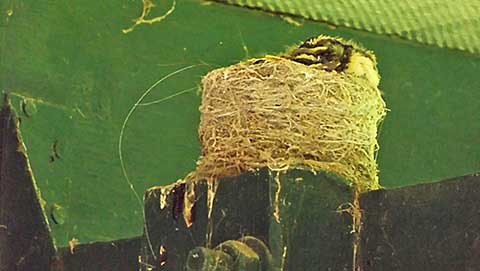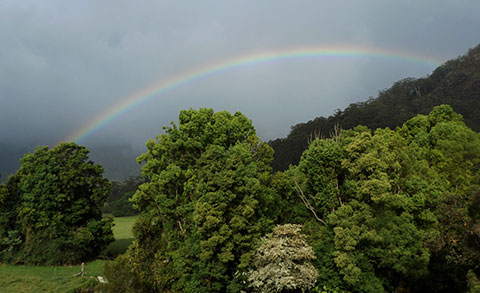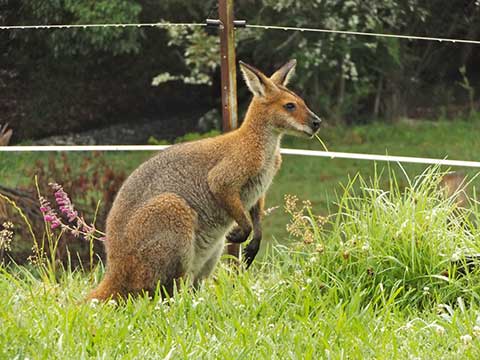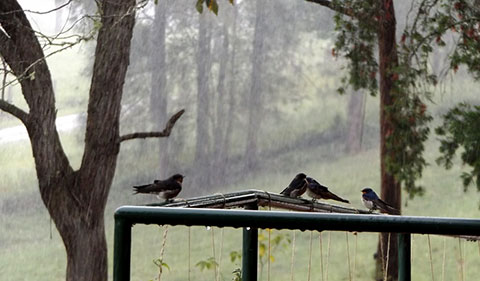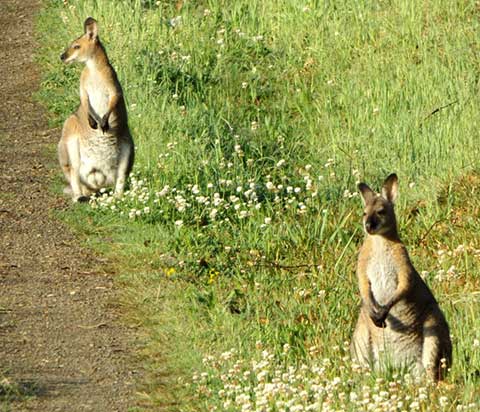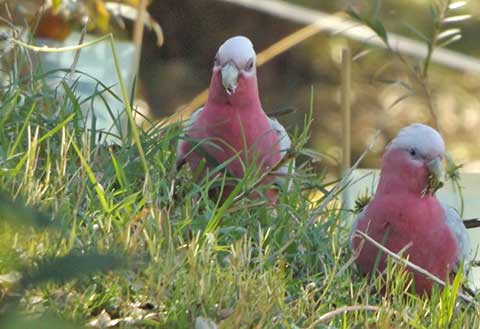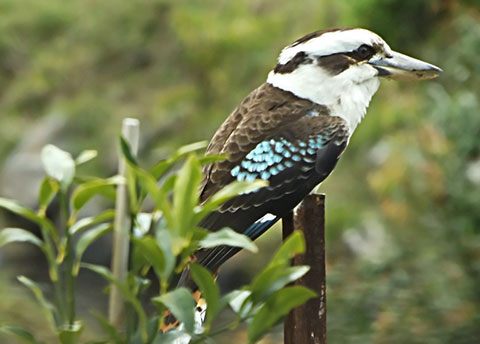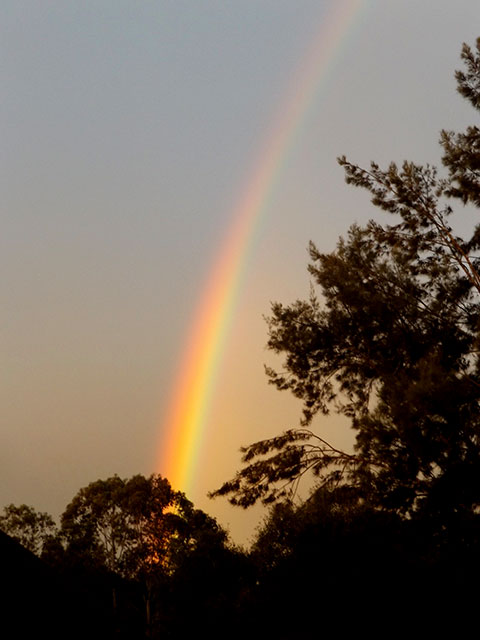
Rainbows always make me smile; no corporation has found a way to despoil them yet, or to capture and sell them.
In less-than-bright times, with less-than-visionary (!) leaders, I need all the bright spots Nature can offer to keep my spirits up.
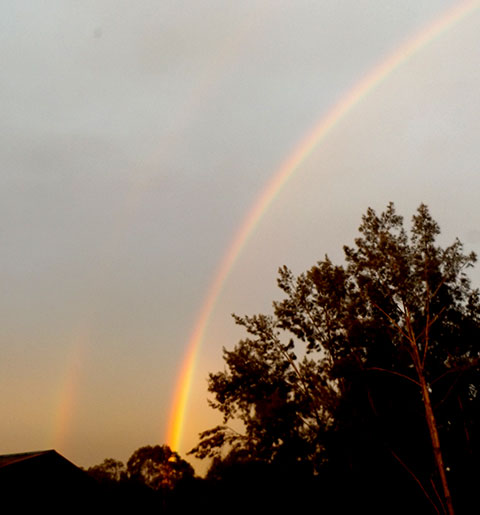
And then I realised the rainbow had a second fainter image, a pale double of itself. I choose to to take that as an arc of hope: next time Australia will vote for action on climate change, and not be fooled by the spin.
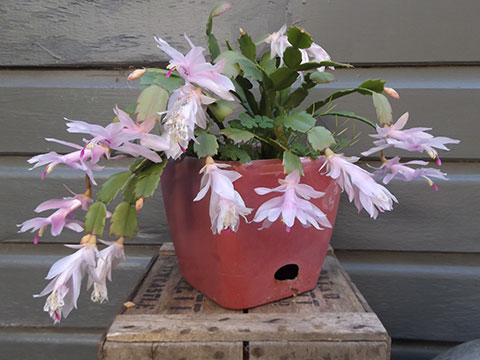
It is winter at last and still very dry here but a few plants like that, and are giving me great pleasure from their abundant blooms. This beauty has been moving with me though various homes and stages of my life for over 50 years!
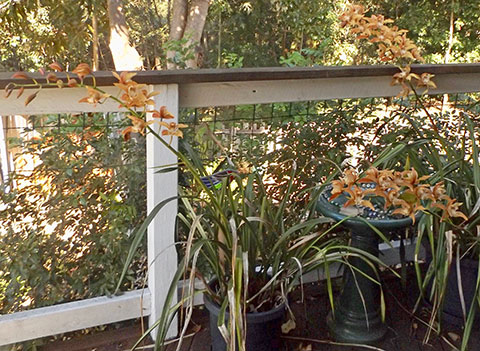
These orchids came from one large overgrown clump, a gift from my cousin Kerrie, who has many varieties, about five years ago,. They made six pots, and right when I most need colour and beauty in life, their graceful arching stems are offering both.
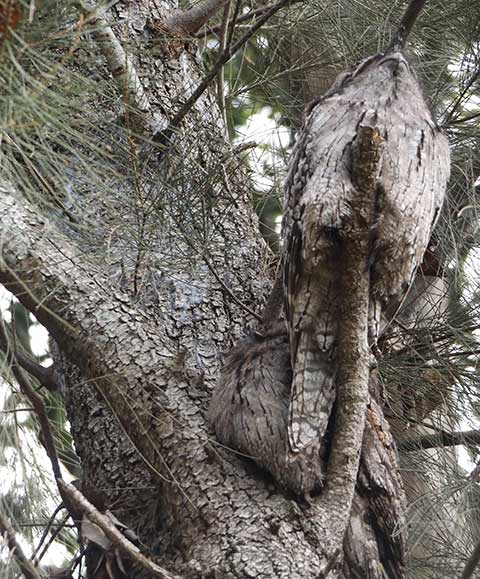
And while not at all colourful, as so perfectly camouflaged in their casuarina tree, these two Tawny Frogmouths make me smile every time I see them. Not every day, not always in the same fork, and not always as a pair, although lately they have been. I think they are beautiful.
But a bright spot in my day — and my life — whenever they choose to inhabit my place.
